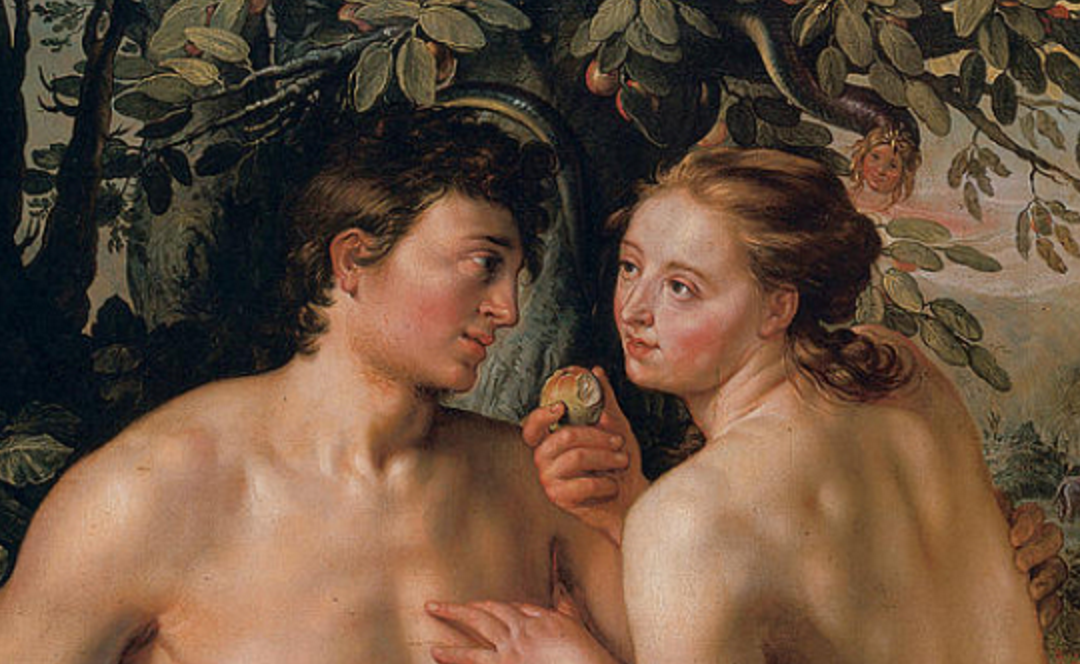Your cart is currently empty!
Fruit In Literature: Two Ancient Stories
It’s common knowledge that fruit is good for our bodies. Having plenty of health benefits. However, their importance isn’t just physical. It’s also cultural.
For thousands of years, the fruit has played an essential role in the media. From ancient religious texts to more modern works, fruit in literature represents more significant ideas. These ideas help to shape and bring deeper meaning to stories and documents.
Fruit is present in multiple forms of media, including movies, poems, songs, and books.

This article focuses specifically on fruit in literature. Literature frequently draws parallels between everyday objects within the world and our personal lives. It uses familiar objects and what they symbolize to make us think more deeply.
With an interesting history of symbolism and meaning, fruit in literature is easy for authors to tell a better story.
The most prominent literature featuring fruit in roles of importance is religious. A large portion of these is from Greek mythology. They are full of symbolism and meaning. Therefore, it’s no surprise that Greek mythology would heavily features fruit. There are many kinds of fruits in Medieval Europe that are mentioned.
Below are a few examples of fruit that have helped shape and give meaning to literature relevant to today’s society.
1. Pomegranates in the Myth of Persephone and Hades

It’s a tale as old as time. Man sees a beautiful woman. Man desires beautiful woman, man does some not-very-polite things to get a beautiful woman. In this case, the god of the Underworld, Hades, kidnaps the stunning Persephone. Her mother, Demeter, is the goddess of agriculture and harvest.
Panicked and mourning, Demeter searches the earth for her daughter for nine long days and nights. Causing crops to fail and spiraling the world into famine. Eventually, Persephone is found in the Underworld and forced to be the bride of Hades. There are several versions of the story with various reasons for Persephone’s release. Regardless of the version told, eventually, Hades allows Persephone to leave.
The trouble begins when Persephone eats the pomegranate seeds in the Underworld.
In one version of the story, eating fruit from a captor meant the prisoner remained in captivity. Thus, Persephone eating the pomegranate seeds meant she was obligated to stay with Hades. In another version of the story, Hades gave her pomegranate seeds because he believed the fruit taste would make her want to return to him.
Whatever the reason, Persephone was ultimately allowed to return to earth with her mother for part of the year. However, for the remainder of the year, she was required to rule the Underworld alongside Hades.
Overall, pomegranates have an exciting history as a fruit in literature with a lot of meaning. They are essential in several religions, including Judaism and Islam. Similarly, in many diverse cultures, these fruit symbolize beauty and fertility, passing these traits on to those who eat them.
2. Adam, Eve, and the Forbidden Fruit

In the popular story of Adam and Eve, the first man and woman created life in a paradise called the “Garden of Eden.” They have everything they could need or want. The only thing they cannot do is eat fruit from the “Tree of the Knowledge of Good and Evil.”
The devil, as a snake, comes to Eve and talks her into taking a bite of the forbidden fruit. In turn, she gives the fruit to her husband, Adam, who also takes a bite. Having committed the first sin, Adam and Eve are thrown out of the garden and doomed to hardship.
The symbol of the forbidden fruit shows up time and time again in media. There are references to this story from songs to book covers all over pop culture.
It’s commonly assumed that the fruit talked about in the Genesis story is an apple. This was mainly due to the word “apple” and “evil” being the same in Latin: Malus. While it’s unlikely that the fruit eaten by Adam and Eve was an apple, it is now a symbol of sin and evil in literature.
Snow White
Snow White is another example of the symbolism of fruit and the apple’s evil imagery. This classic fairytale tells of a jealous stepmother/queen on a quest to kill Snow White. The apple becomes her weapon of choice when she poisons one and tricks Snow White into eating it. This allows her jealous stepmother, the queen, to be the most beautiful in all the land.

In conclusion, we don’t give Fruit much thought beyond its deliciousness. However, there’s more to it than meets the eye. Apples, pomegranates, and grapes aren’t just foods we use to nourish our bodies. Fruit in literature has made them culturally-relevant icons used throughout history to help storytellers craft tales.

